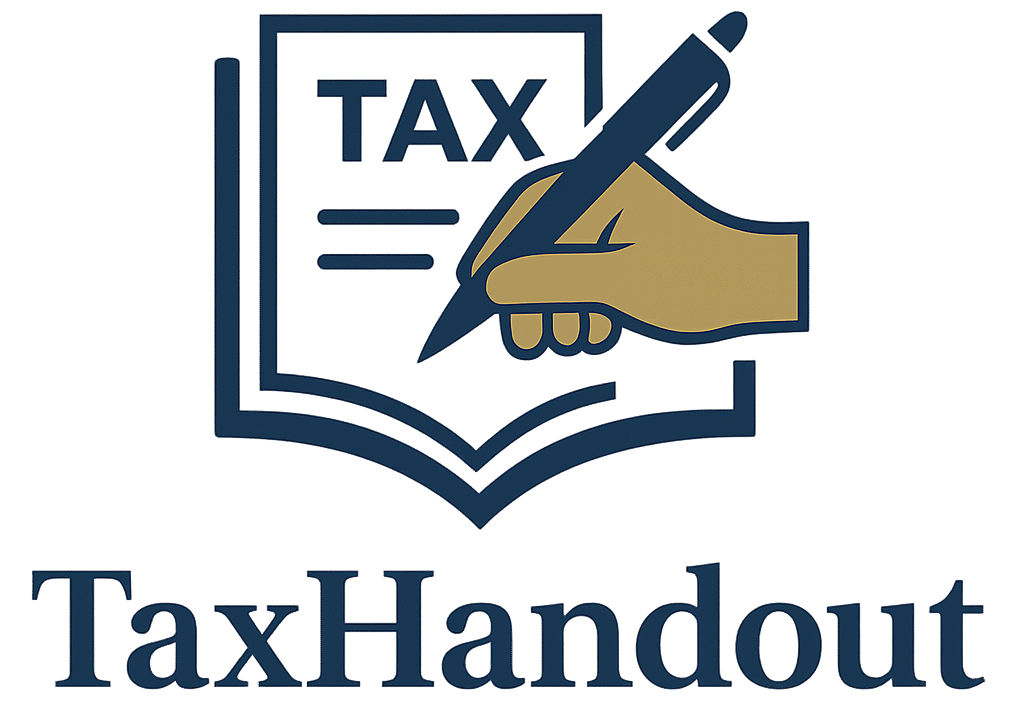The Textiles and Apparel Industry is one of India’s oldest and largest sectors, employing over 45 million people and contributing around 5% to the national GDP. With the introduction of the Goods and Services Tax (GST) in July 2017, the tax landscape for this sector witnessed a significant transformation.
This handout aims to simplify and explain the applicable GST rates, exemptions, practical challenges, and strategies for compliance — relevant for manufacturers, exporters, job workers, wholesalers, and retailers in this sector.
GST Rates on Textiles and Apparel
GST rates vary depending on the type of product, material used, and transaction value.
1. Fibres
| Type of Fibre | GST Rate |
| Cotton | 5% |
| Man-made fibres (e.g., polyester, nylon) | 18% |
| Silk, Wool, Jute | 5% |
2. Fabrics
| Type of Fabric | GST Rate |
| 100% Cotton Fabric | 5% |
| Man-made Fabric (e.g., polyester) | 12% |
| Blended Fabric (cotton + synthetic) | 12% |
Note: Though fabrics are taxable, the government has allowed input tax credit (ITC) to avoid cascading tax burden.
3. Apparel and Clothing
| Category | Value | GST Rate |
| Apparel/Clothing | Up to ₹1000 | 5% |
| Apparel (Readymade) | Above ₹1000 | 12% |
| High-end items (Suits, Coats, etc.) | Irrespective of value | 18% |
4. Footwear
| Category | Value | GST Rate |
| Footwear | Up to ₹1000 | 5% |
| Footwear | Above ₹1000 | 18% |
Exemptions and Concessions in GST
Several traditional and export-oriented textile items are exempt from GST, which supports artisans and promotes exports:
✅ Exempted Items:
- Handloom and Khadi products
- Cotton yarn (in hank form)
- Traditional garments made using hand-operated tools
- Job work related to textile processing (in some cases)
✅ Zero-Rated Supplies:
- Export of textiles and apparel (eligible for ITC refund)
- Deemed exports (e.g., supplies to EOUs, STPs)
Practical Issues Faced by the Industry
Despite simplification through GST, the textile sector faces several real-world challenges:
| Issue | Explanation |
| 1. Classification confusion | Difficulty in classifying blended fabrics (e.g., 60% cotton + 40% polyester) due to conflicting HSN codes. |
| 2. Job work valuation | Challenges in valuing stitching, dyeing, printing, embroidery, etc., especially when materials are supplied by principal manufacturers. |
| 3. ITC on accessories | Trimmings, labels, zips, etc., often come from different suppliers, leading to input mismatch and ITC blocking. |
| 4. Burden on MSMEs | Many small manufacturers struggle with GST registration, return filing, and recordkeeping due to limited resources. |
| 5. Frequent rate changes | Occasional updates and lack of awareness create compliance gaps. |
Compliance Strategies and Best Practices
Here are practical compliance strategies for businesses in this sector:
| Strategy | Why it Matters |
| Maintain detailed records | Maintain supplier-wise and job work details to support ITC claims. |
| Proper classification | Classify goods accurately using the right HSN code to avoid penalties. |
| On-time GST filing | Late filing leads to late fees, interest, and ITC mismatch. |
| Claim all eligible ITC | Keep track of all purchase invoices, transport charges, and job work expenses. |
| Monitor updates | Subscribe to CBIC/GSTN portals for notifications and rate updates. |
Case Studies & Real-life Examples
Case 1: Gujarat Textile Mill
A Surat-based mill producing blended fabrics (cotton + polyester) faced disputes in classification. Due to incorrect HSN application, the mill received demand notice for underpayment of GST.
Case 2: Bengaluru Apparel Exporter
An apparel exporter faced issues in valuation of embroidery job work done by third-party artisans. The department insisted on treating it as composite supply, which changed taxability.
Case 3: Rajasthan Handloom Unit
A small handloom manufacturer in Jaipur enjoyed full GST exemption on Khadi products, reducing tax burden and allowing them to stay out of the GST net under Section 23.
Summary Table: GST at a Glance for Textile Sector
| Product / Service | GST Rate | ITC Available | Remarks |
| Cotton Fibre | 5% | Yes | Widely used in traditional sector |
| Man-made Fibre | 18% | Yes | Higher tax cost for synthetic-based units |
| Cotton Fabric | 5% | Yes | With ITC allowed |
| Blended/Man-made Fabric | 12% | Yes | Complex classification |
| Apparel (up to ₹1000) | 5% | Yes | Applicable at retail/MRP level |
| Apparel (above ₹1000) | 12%/18% | Yes | Readymade vs high-end |
| Handloom Products | Exempt | No | No ITC required |
| Textile Export | 0% | Refundable | Zero-rated supplies |
FAQs
Q1. Is GST registration mandatory for handloom units?
A. If turnover is below ₹40 lakh and supplies are exempt (like Khadi), registration is not required.
Q2. Can I claim ITC on trimmings and stitching threads?
A. Yes, if used in furtherance of business and proper tax invoices are available.
Q3. What is the HSN code for cotton fabric?
A. 5208 to 5212 range, depending on count and weaving type.
Q4. Are job workers in textile industry required to register?
A. If turnover exceeds ₹20 lakh (₹10 lakh in special category states), yes.
Conclusion
The textiles and apparel industry has navigated significant tax reforms under GST. While there are opportunities in ITC availability and zero-rated exports, compliance challenges continue to affect small units and exporters. By following best practices, keeping track of classification, and staying updated with GST changes, businesses can avoid unnecessary litigation and improve tax efficiency.
